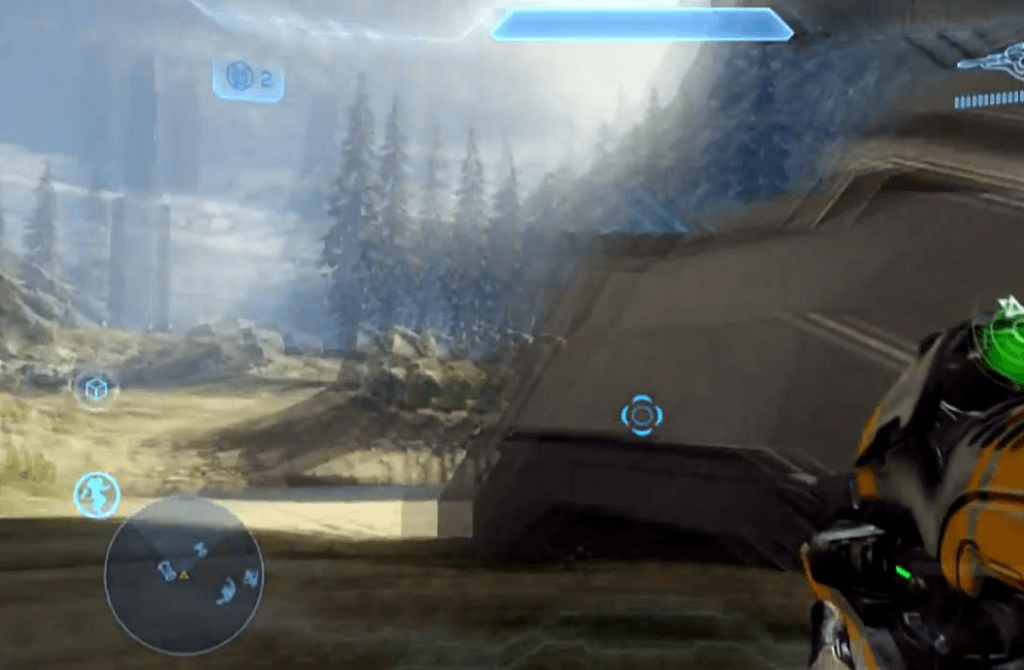What is ULMB?
Ultra Low Motion Blur (ULMB) is a technology created by Nvidia, designed specifcially to reduce motion blur by utilizing CRT like monitor strobing. ULMB reduces motion blur which is more noticeable when playing fast paced games, such as first-person shooter (FPS). Motion blur is often called “ghosting” due to the effect looking like a trail behind objects when rapid movements are made in video games.

What is Motion Blur or Ghosting?
Motion blur or ghosting should not be confused with screen tearing, or the in game motion blur “feature” offered by some games; it is different. Motion blur is when you move fast, and things look “blurred” or “ghosted”. Ghosting is often visible when scrolling up and down fast while trying to read text on an LCD (give it a try).
Sweet, will ULMB and G-Sync work at the Same time?
No, sadly it does not, and here’s why…
ULMB works by strobing the monitor, similar to how 2D LightBoost works and much like how old CRT monitors worked. G-Sync is a form of variable response rate (VRR), meaning when your GPU can’t handle the game and the frame rate (FPS) lowers, the monitor automatically adjusts it is refresh rate to suit.
Currently you have to choose ULMB or G-Sync, you can’t officially run both at the same time. – ICONTROLPAD
If you managed to enable ULMB and G-Sync at the same time, when your frames drop in game the monitor’s refresh would lower, meaning visible strobing would be present on screen.
How to find out if your monitor supports ULMB?
Only monitors that support Nvidia G-Sync allow ULMB mode, G-Sync is typicaly supported on all high end market best gaming monitors for 2024. Currently, ULMB is supported only at 85Hz, 100Hz and 120Hz.
G-Sync vs ULMB – What should you use?
ULMB decreases picture quality and brightness. However, it drastically reduces monitor motion blur which, arguably allows for a more natural movement allowing for easier spotting of fast moving objects (like enemies!). If you are pushing a constant 120 fps or 144 fps if your monitor supports 144Hz ULMB, you should give ULMB a try. Older, fast-paced competitive play games, such as CSGO would be a prime candidate for ULMB. If you are playing the latest games and your frame rate is all over the place, we would recommend you stick to G-Sync mode as it will prevent screen tearing.
Is ULMB worth the upgrade from a 144Hz monitor?
If you already have a 144Hz monitor and you are pushing 144 FPS, consistently. Then yes, it is worth it and it will improve your gaming experience. However, it will not be like going from a 60Hz panel to 120/120Hz.
Err, hang on is ULMB the same thing as 2D LightBoost?
Yes and no, it works in much the same way but, ULMB is vastly superiour to the 2D LightBoost hack while still suffering from most of the same issues that LightBoost suffered from. ULMB works in much the same way as LightBoost, and still lowers brightness and image quality. Additionally, some users have complained about flicking, due to the way the strobing works. Unless you are exceptionally sensitive to flicking, at 120Hz + flicking should not be noticeable.